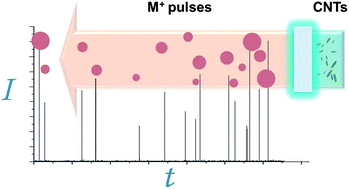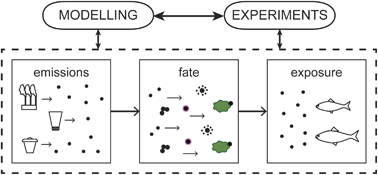The assessment and quantification of occupational exposure to volatile organic compounds is important, as such compounds are often carcinogenic and cause a range of chronic health problems.
In this HOT article, a research team at University of Minnesota calculates the health risk of the 8 VOCs most likely to be produced from swine production buildings. They calculate a probability distribution of the risk using Monte Carlo simulation.
 The study tested the farrowing room, the office, the nursery and the gestation room. There were significantly higher levels of VOCs in the farrowing room. Notably, these concentrations did not exceed recommended exposure limits, but concentrations of p-cresol and benzene were above preliminary remediation goals (PRGs).
The study tested the farrowing room, the office, the nursery and the gestation room. There were significantly higher levels of VOCs in the farrowing room. Notably, these concentrations did not exceed recommended exposure limits, but concentrations of p-cresol and benzene were above preliminary remediation goals (PRGs).
They also measured the emission rates of the VOCs from each room, with the highest rates coming from the gestation room. The nursery had the lowest emission rates for some compounds, with little difference between the nursery and farrowing rooms in terms of emissions. However, the farrowing room had the highest emission rates per head.
Monte Carlo simulations were used to calculate the health risks to workers in the different rooms. It was found that the cancer risk values for ethylbenzene of all workers exceeded the EPA’s target of one per million. The highest cumulative cancer risk was found for the worker who spent the day in the farrowing room. In terms of hazard risk, benzene had the highest risk and four of the VOCs had higher than acceptable risk values. Again, the worker in the farrowing barn had the highest risk.
The researchers conclude that around 1.13% of workers in farrowing barns are likely to develop chronic health problems; bearing in mind that this study only looked at 8 VOCs this figure could be higher. Rotating tasks may be a good way to reduce the risk.
Read this important occupational health study now, as this article is free to access for the next 4 weeks*:
Health risk assessment of occupational exposure to hazardous volatile organic compounds in swine gestation, farrowing and nursery barns
Neslihan Akdeniz, Larry D. Jacobson and Brian P. Hetchler
DOI: 10.1039/C2EM30722G
*Free access to individuals is provided through an RSC Publishing personal account. Registration is quick, free and simple











 The aerosol compositions generated by industrial processes such as welding have been found to contain metal fumes, including those of manganese. Such fumes are potentially harmful and have been known to cause neurological and psychological problems.
The aerosol compositions generated by industrial processes such as welding have been found to contain metal fumes, including those of manganese. Such fumes are potentially harmful and have been known to cause neurological and psychological problems.


 Antonia Praetorius
Antonia Praetorius 


